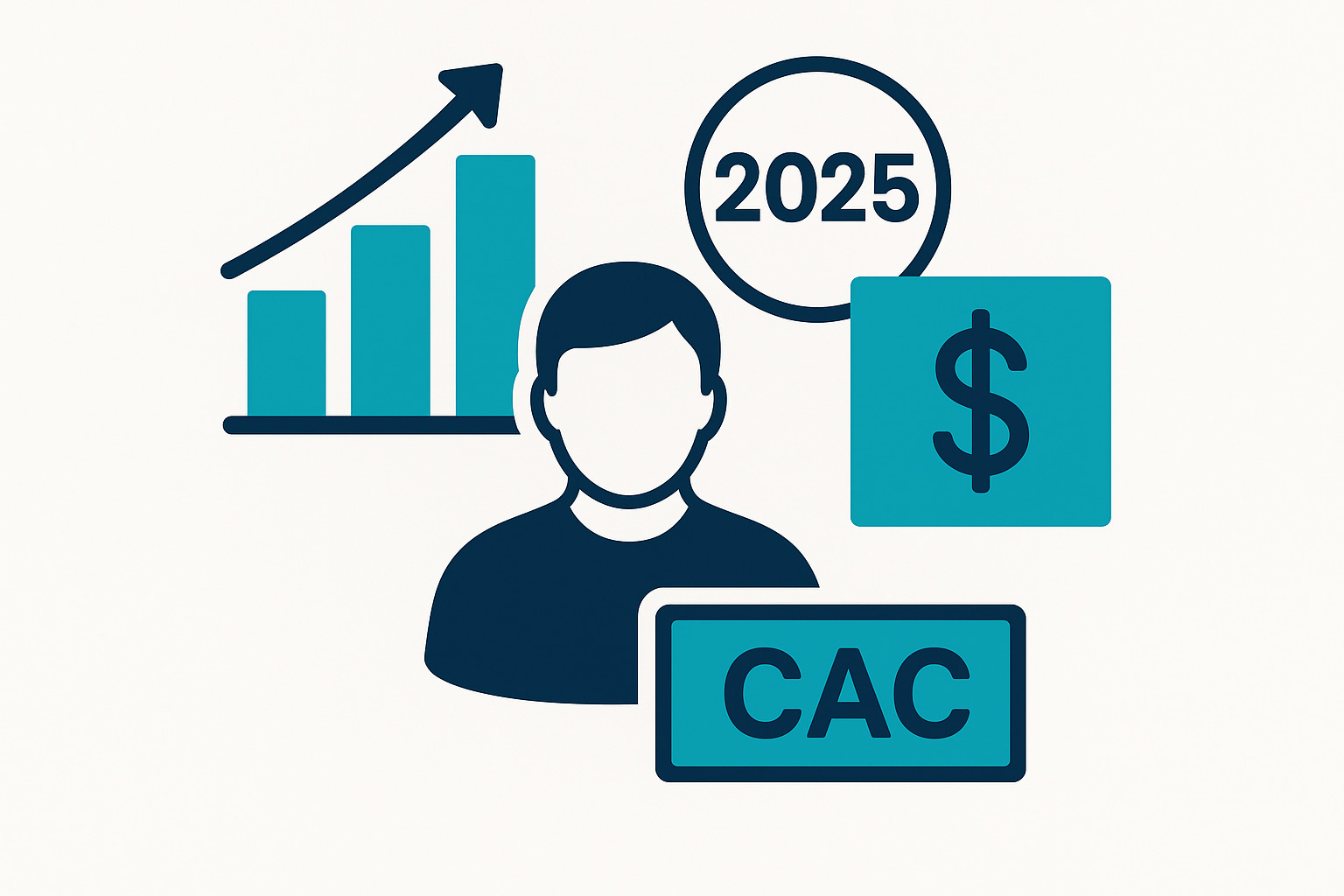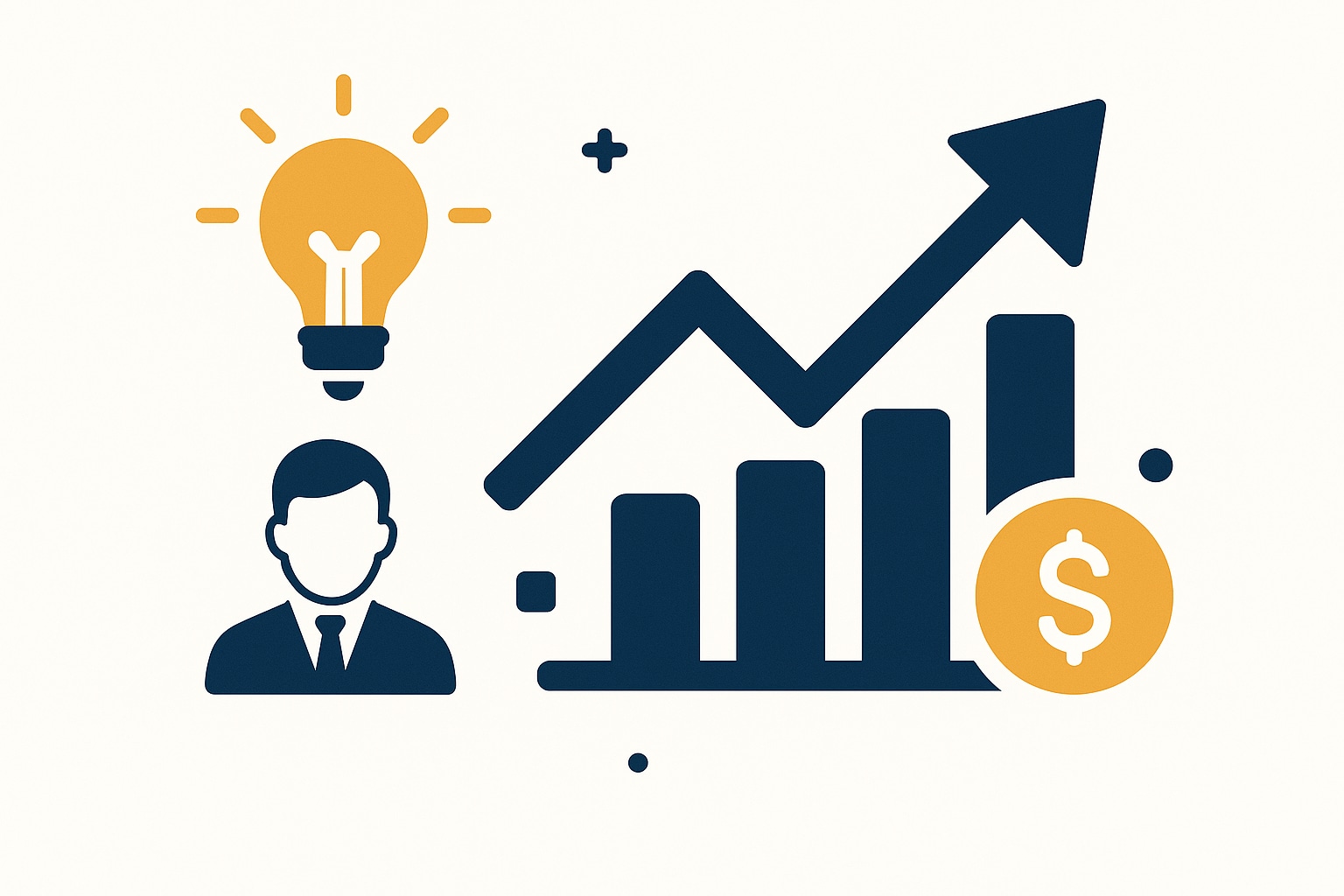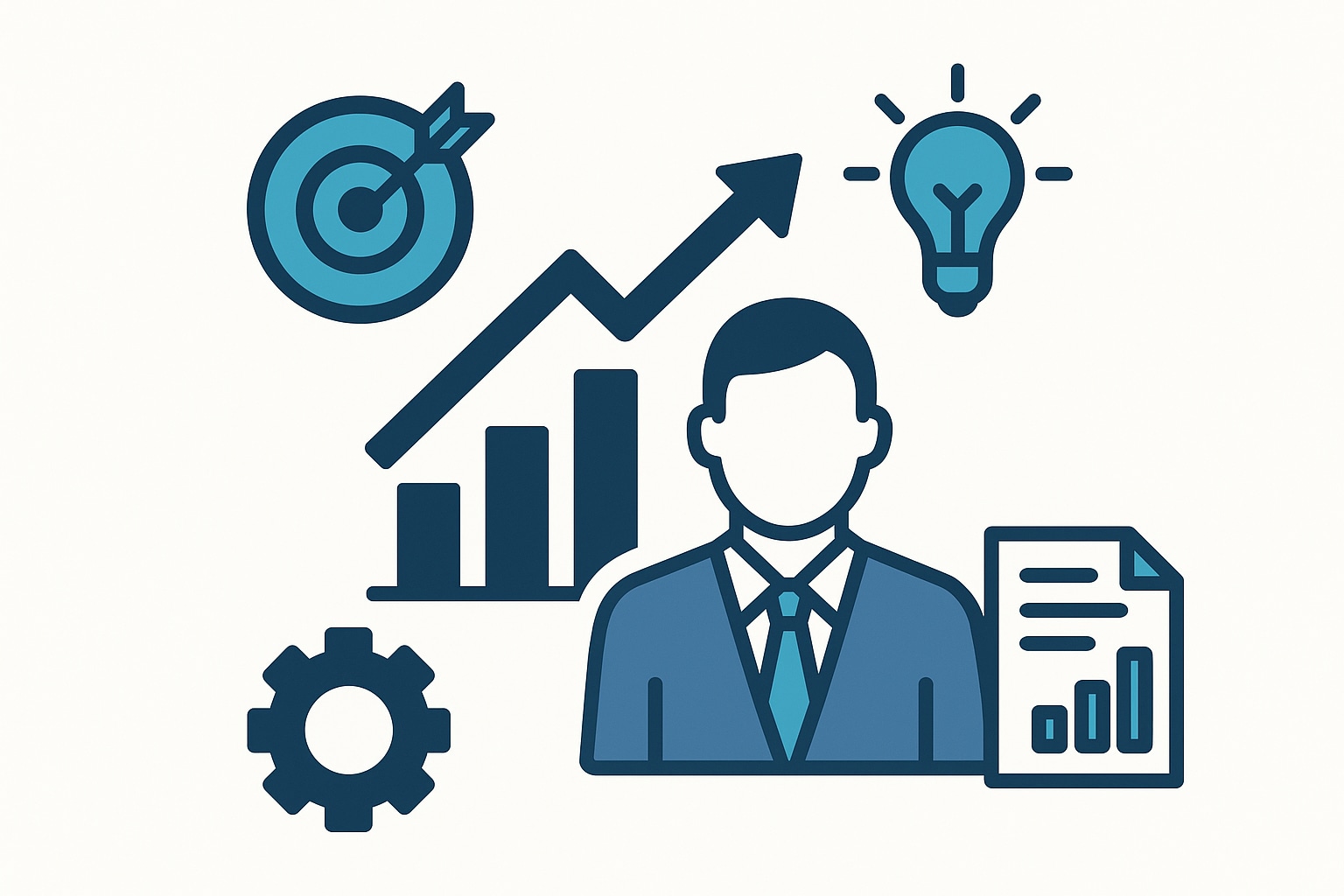Startup CAC Benchmarks 2025: What’s a Good Customer Acquisition Cost This Year?

For startup founders, understanding and managing customer acquisition costs (CAC) is central to sustainable growth. In the landscape of 2025, with digital competition intensifying and budgets under scrutiny, knowing what constitutes a good CAC—and how yours compares to industry benchmarks—can make the difference between scaling efficiently and burning through precious resources. At Curio Revelio, we’ve seen firsthand how strategic oversight of CAC unlocks better unit economics and revenue trajectories for startups at every stage. This guide breaks down the latest CAC benchmarks, explains the underlying drivers, and delivers actionable strategies for reducing your acquisition costs and fueling smarter growth.
Understanding Customer Acquisition Cost (CAC)
Customer Acquisition Cost (CAC) represents the total expense incurred to acquire a new paying customer. For startups, this metric is a cornerstone of growth strategy, influencing everything from fundraising to marketing channel selection and pricing decisions. CAC is calculated by dividing all the costs spent on acquiring more customers (marketing expenses, sales team salaries, technology costs, etc.) by the number of customers acquired in a given period.
A clear grasp of CAC is paramount for founders who want to build scalable, profitable businesses. High CAC can signal inefficient marketing, misaligned messaging, or tough market conditions, while optimizing CAC is often linked to improved cash flow and competitive advantage. Keeping CAC in check is especially critical for startups operating on limited runway, where every dollar must be justified by its impact on sustainable growth.
Ultimately, CAC is not just a marketing metric—it’s a business performance indicator that reflects your company’s ability to drive efficient, cost-effective customer growth. Understanding it thoroughly is the first step toward making data-driven decisions that align with long-term success.
Average CAC Benchmarks by Industry in 2025
To assess whether your startup’s CAC is in a healthy range, it’s essential to benchmark against industry standards. Customer acquisition costs vary widely by sector, business model, and target audience. In 2025, the average customer acquisition cost (CAC) for startups is $225 per customer. This broad figure, however, masks significant differences across industries and business types. Let’s break down the latest benchmarks:
- SaaS (Software as a Service): SaaS companies generally have an average CAC between $200 and $1,000. Within this band, B2B SaaS companies tend to be on the higher end, with the average CAC for B2B SaaS companies is $656.14. This reflects the longer sales cycles, higher-touch sales processes, and often more complex buyer journeys typical in B2B SaaS.
- E-commerce: In the e-commerce sector, CAC values are typically lower, averaging around $10 to $50. This is due to shorter purchase cycles, greater reliance on direct-to-consumer channels, and a higher volume of transactions. E-commerce businesses often benefit from digital advertising platforms and influencer marketing, which can efficiently scale acquisition.
- Fintech: The average CAC for fintech companies targeting enterprise customers is $14,772. Fintechs serving large businesses or regulated sectors face much higher acquisition costs due to complex procurement processes, regulatory hurdles, and the need for extensive trust-building and onboarding.
- General Startup Benchmark: As highlighted earlier, In 2025, the average customer acquisition cost (CAC) for startups is $225 per customer. This figure provides a useful reference point for comparing your own performance, but always contextualize it with your sector and business model.
These figures underscore why it’s critical for founders to benchmark their CAC not just against a generic average, but against the most relevant peers. For example, a fintech startup’s CAC would be unsustainable for an e-commerce business, but may be quite healthy given the potential customer lifetime value (LTV) in fintech.
As you interpret these numbers, remember that CAC is only one side of the equation. Pair it with metrics like LTV and payback period to form a complete view of your unit economics and growth sustainability.
Factors Influencing CAC Variations
Several factors drive the variations seen in CAC benchmarks across and within industries. Understanding these variables is essential for diagnosing high acquisition costs and identifying optimization opportunities.
- Sales Cycle Length: Industries with longer, more consultative sales cycles (such as B2B SaaS or enterprise fintech) typically report higher CAC due to the resources required for nurturing leads and closing deals.
- Target Audience: Acquiring enterprise or high-value customers usually incurs greater costs than acquiring consumers, owing to more complex decision-making processes and higher expectations for service and customization.
- Channel Mix: The selection and effectiveness of marketing channels (paid ads, organic search, outbound sales, referrals) can dramatically affect CAC. Channels with high competition or low conversion rates tend to drive up overall acquisition costs.
- Brand Recognition: Startups with little to no brand equity may face higher CAC initially, as they need to invest more in awareness and trust-building.
- Product Complexity: Solutions that require education or are perceived as high-risk (e.g., new fintech products) often demand more investment in content, demos, and sales enablement, all of which increase CAC.
By dissecting these factors within your own organization, you can pinpoint which levers have the most potential for improvement, and which benchmarks are most relevant to your growth stage and sector.
Calculating and Interpreting Your Startup's CAC
Accurately calculating your CAC is vital for planning, forecasting, and optimizing your growth investments. The standard formula is straightforward:
CAC = (Total Marketing and Sales Expenses) / (Number of New Customers Acquired)
Include all marketing spend (digital ads, events, content creation), sales salaries and commissions, technology costs for acquisition tools, and any other direct expenses tied to winning new customers. Use a consistent time frame—typically monthly or quarterly—to track trends and identify anomalies.
Interpreting CAC should always be done in the context of customer lifetime value (LTV). The relationship between these two metrics, known as the LTV:CAC ratio, is a gold standard for startups. A healthy LTV to CAC ratio is typically 3:1 or higher. If your ratio falls below this threshold, it signals that you’re spending too much to acquire each customer relative to the revenue they generate. In such cases, it’s crucial to either lower CAC, increase LTV, or both, to ensure long-term viability.
Regularly monitoring CAC also enables startups to spot inefficiencies, test new acquisition channels, and make data-driven pivots. This is central to the approach at Curio Revelio, where we help founders dissect their customer journeys and optimize every touchpoint for efficiency.
Strategies to Optimize and Reduce CAC
Reducing and optimizing CAC is a continuous process that requires a blend of strategic planning, data analysis, and tactical execution. Here are proven strategies startups can deploy to achieve healthier acquisition economics:
- Refine Targeting and Messaging: Sharpening your ideal customer profile and tailoring your messaging can boost conversion rates, allowing you to acquire more qualified leads for the same spend.
- Leverage Organic Channels: Investing in content marketing, SEO, and social media can drive inbound interest and lower reliance on paid channels. Organic leads often convert at a higher rate and cost less over time.
- Optimize Paid Campaigns: Continuously test and iterate on ad creative, audience segmentation, and landing pages. A/B testing and conversion rate optimization (CRO) can significantly improve ROI on paid spend.
- Shorten the Sales Cycle: Streamlining onboarding, automating qualification, and empowering sales teams with better enablement tools can reduce the time and cost required to close deals.
- Double Down on Retention and Referrals: Happy customers are your best advocates. Implement referral programs and nurture existing clients to generate word-of-mouth growth, which often carries a lower CAC.
- Collaborate with Experts: Engaging with experienced growth marketing consultants, such as the team at https://www.curiorevelio.com, provides access to proven playbooks, fresh perspectives, and hands-on execution that can uncover hidden efficiencies.
Ultimately, CAC optimization is not about a single tactic, but about building a culture of experimentation, measurement, and relentless improvement. By staying vigilant and proactive, founders can turn CAC management into a strategic lever for outpacing competitors and driving sustainable growth.
In summary, understanding your CAC in the context of current industry benchmarks, knowing what drives those costs, and implementing targeted strategies to optimize acquisition will empower your startup to scale smarter and more profitably in 2025 and beyond.
Read More
TCS's Growth and Transformation: A Comprehensive Analysis
Explore TCS's strategic growth and transformation initiatives, including revenue milestones, AI integration, and workforce evolution, shaping the future of IT services.

Understanding Growth Marketing: Strategies for Startup Success
Explore the fundamentals of growth marketing and discover strategies to drive startup success through data-driven decision-making and innovative tactics.

Understanding the Role of a Growth Marketer: Key Responsibilities and Impact
Explore the key responsibilities and impact of growth marketers, focusing on data-driven strategies for customer acquisition and retention.
Schedule a Call Today
Discuss your Growth challenges

